Frequently Asked Questions
Motorcycles typically have larger engines, a more upright riding position, and a gear shift. Scooters have smaller engines, a more leaned-back riding position, and automatic transmission.
There is no definitive answer to this question, as different brands excel in different areas.
Cruisers are designed for long-distance riding, with a comfortable seat and upright riding position. Sportbikes are designed for performance and speed, with a more aggressive riding position and powerful engine.
Consider your riding style, experience level, and budget. Test ride different models to find the one that feels best.
The cost of maintaining a motorcycle can vary depending on the model, riding conditions, and your maintenance habits.
Consult your owner’s manual for specific recommendations, but generally, oil changes should be performed every 3,000-6,000 km. But the majority does it at 1000 km
At a minimum, you should wear a helmet, jacket, gloves, pants, and boots. Consider adding additional safety features like a back protector or neck brace.
Take a motorcycle safety course, practice regularly, and ride defensively.
Yes, you need a motorcycle license to ride a motorcycle on public roads. But some bikes doesn’t need to be licensed but you will always need a driving license for you to drive.
Motorcycle riders are subject to the same traffic laws as car drivers. 1 However, there are some specific rules that apply to motorcycles, such as lane splitting and filtering.
A sedan is a four-door car with a traditional trunk. A hatchback is a four-door car with a rear door that opens upward. A SUV is a larger vehicle with a more upright seating position and often has four-wheel drive.
A hybrid car uses both a gasoline engine and an electric motor. An electric car uses only an electric motor.
Consider your budget, lifestyle, and driving needs. Test drive different models to find the one that feels best.
Consult your owner’s manual for specific recommendations, but generally, oil changes should be performed every 3,000-7,500 miles.
Look for features like airbags, anti-lock brakes, traction control, and a backup camera or parking sensors.
In most places, it is illegal to drive a car without insurance.
A carburetor mixes fuel and air mechanically. Fuel injection uses electronic controls to inject fuel directly into the engine cylinders.
ABS prevents wheel lockup during braking, improving steering control and stopping distance.
Engine oil serves several critical functions in a car:
- Lubrication: It reduces friction between moving parts, preventing wear and tear.
- Cooling: It absorbs heat generated by the engine and helps to dissipate it.
- Cleaning: It helps to remove dirt and debris from the engine, preventing buildup and maintaining engine efficiency.
- Protection: It forms a protective film on engine surfaces, preventing corrosion and oxidation.


